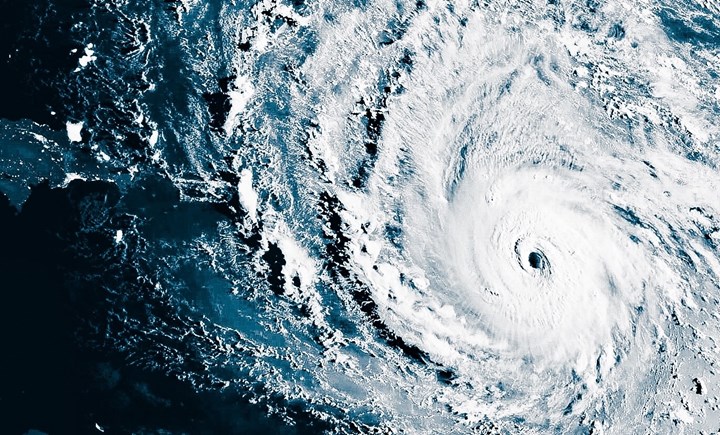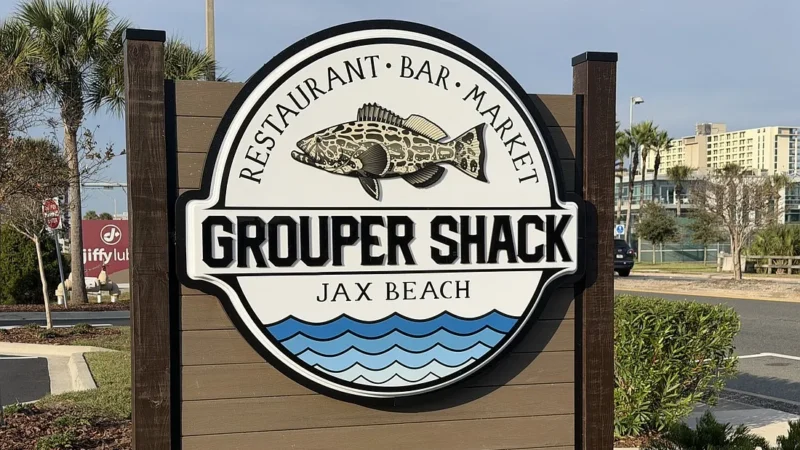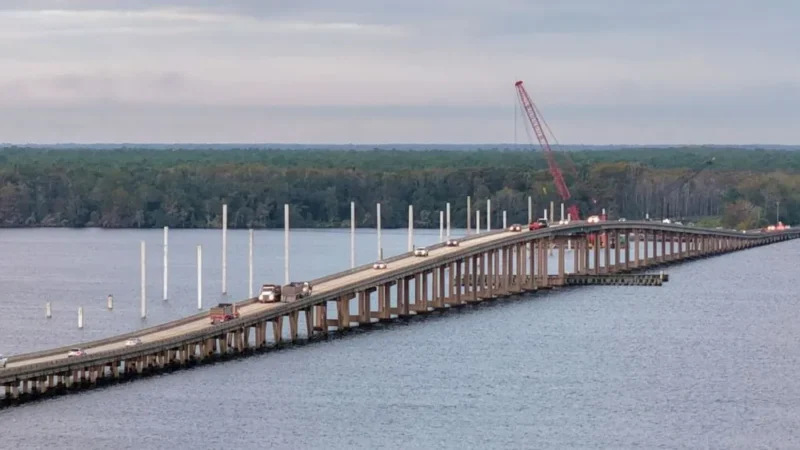As hurricane season begins Saturday, it is crucial to be familiar with the season’s terminology and what everything means as soon as advisories are issued.
The 2024 hurricane season threatens to be a very active one and possibly with more chances of tracks shifting a bit more west, due to La Niña’s presence. Knowing basic critical terms could save you lots of time (and worries), as well as avoid any confusion in hyped messages.
Official advisories come from the National Hurricane Center and your local National Weather Service Office. Florida is split into six regions where five offices are located throughout Florida and one handles the extreme western portion of the Panhandle, located in Mobile, Alabama. There are South Florida, East Central Florida, West Central Florida, North Florida and the Panhandle.

The most crucial terms you should learn are:
- Watch: A tropical storm or hurricane watch is issued when sustained winds (of 39 to 73 mph for a tropical storm or at least 74 mph for a hurricane) are possible within 48 hours. These winds may be accompanied by storm surge, coastal flooding, and/or river flooding. The “watch” does not mean that tropical storm/hurricane conditions will occur. It only means that these conditions are possible.
- Warning: A tropical storm or hurricane warning is issued when sustained winds (of 39 to 73 mph for a tropical storm or at least 74 mph for a hurricane) are expected in 36 hours or less. When a warning is issued it means that conditions are imminent.
- Storm surge: The abnormal rise in seawater level during a storm, measured as the height of the water above the normal predicted astronomical tide. The surge is caused primarily by a storm’s winds pushing water onshore.
- Tropical disturbance: It is an area of organized thunderstorm activity 100 to 300 miles in diameter that maintains its identity for 24 hours or more, and it’s in the lower levels of the atmosphere (surface). If the disturbance acquires a spin and winds of at least 30 mph, it is called a tropical depression. It forms over waters of at least 80 degrees.
- Tropical depression: A cluster of storms, trying to organize, that produce maximum winds below 39 mph.

- Tropical storm: A tropical storm occurs when the cluster of storms acquires better organization, some circulation near the center and the winds reach between 39 and 73 mph. At this point, the storm will also receive a name. Water temperatures under the system are usually above 80 degrees Fahrenheit.
- Subtropical storm: Substropical storms develop the same as tropical storms, over waters with a temperature of at least 70 degrees. They tend to also have a closed circulation, but the difference is its organization. Usually, their maximum winds occur well far from its center (at more than 60 nautical miles from it) and tend to be messy, meaning not symmetric. Its rains are usually shifted to the side.
- Hurricane: Once a tropical storm strengthens and its maximum sustained winds reach at least 74 mph, then it becomes a hurricane. Hurricanes are split further into categories based on wind speeds.
- Category 1: 74-95 mph
- Category 2: 96-110 mph
- Category 3: 111-129 mph
- Category 4: 130-156 mph
- Category 5: above 157 mph
- Major hurricane: This is any hurricane Category 3, 4 or 5.

How do storms get named?
A tropical low-pressure system must be at least a tropical storm (or subtropical) to officially receive a name. The names come from a list of names that rotate every six years. Names could be Spanish, French or American. This is done intentionally to serve better this region of the world, where hurricanes impact.
Even-numbered years start with male names, while uneven years start out with female names. It wasn’t always like this. Before satellites existed, storms usually received their names depending on the regions they affected, saints or holidays. The names were usually given after the event. In 1953, storms started getting official names, where they were only female names. By 1979, the lists were updated, and alternating male names were added and the six lists of names were officially implemented.

You will no longer see Greek letters if we use all the names on the list in a season. The National Hurricane Center along with the World Meteorological Organization, which handles the adding and retiring of names, has a supplemental list of names that will kick in any year all names are used. This supplemental list of names will be used every year. If one name is retired from the list, due to the storm being catastrophic, costly, and meeting the retirement criteria, it would be replaced the same way as any other storm retired from the rotating lists.

Names retired
Since 1954, there have been only 19 seasons without a name retired. The most recent year was 2014 with no names retired. There have been 14 ‘i’ names retired, the most of any other letter. In total 96 names have been retired in Atlantic history.






